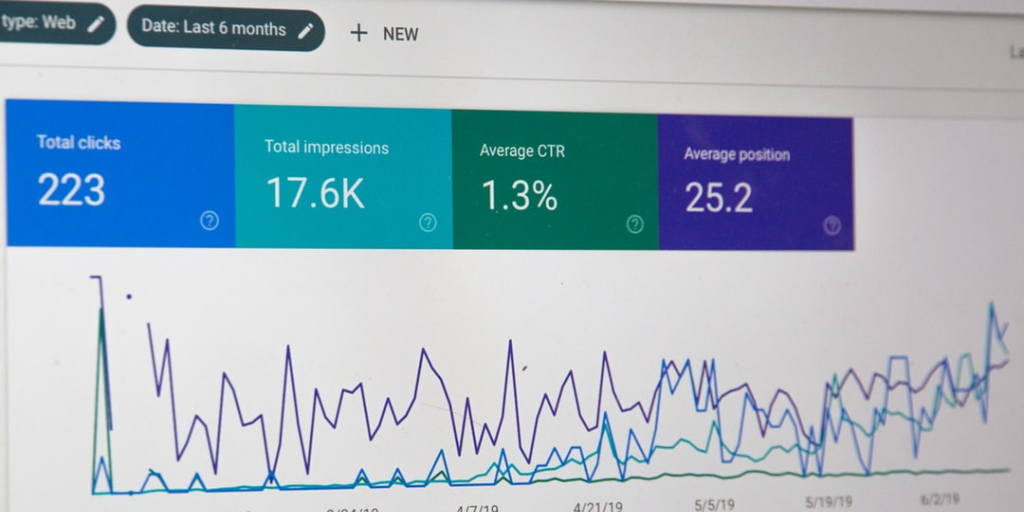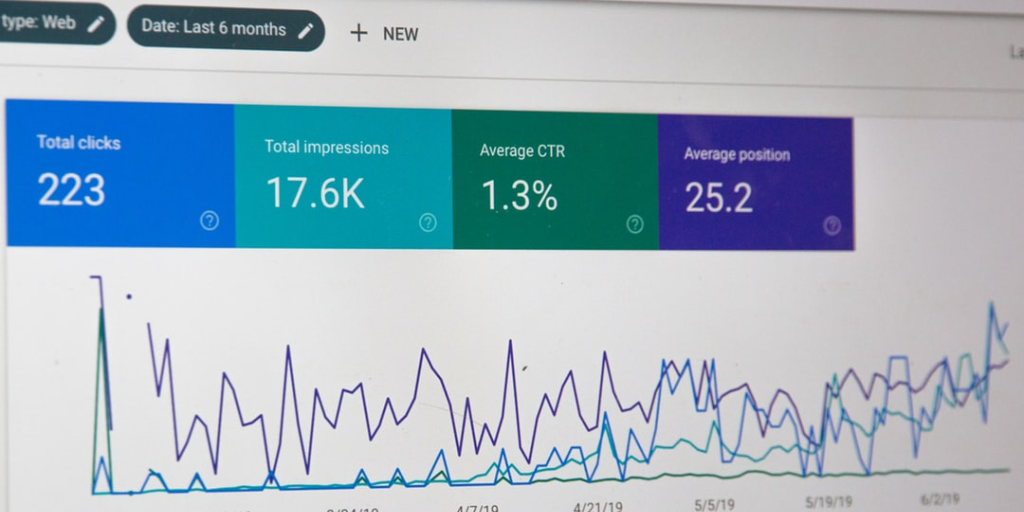Dwell time is one of those simple but often-confusing and widely misunderstood SEO metrics. As a matter of fact, people are so confused about it that they wonder whether or not it really matters as a ranking factor. Add to this the fact that dwell time can so easily be mixed up with other closely related but very different metrics like bounce rate and time on page, and it’s not surprising why so many website owners are utterly baffled. Does this sound like you? Do you want to understand how it impacts search rankings? Here’s everything you need to know.

To understand dwell time, bounce rate, and other related metrics at a deeper level, it is best to define what they are what they are not, and how exactly they affect optimization.
Dwell time is essentially the amount, length, or window of time that a user spends looking at your webpage after clicking on a link of the SERP page and before they click back to the SERP results. You’ve most likely experienced this in your own search journey. Dwell time is that brief moment you spend evaluating a webpage you clicked to visit—you either click immediately back the SERP page because you didn’t find what you wanted or expected on the site, or you stick around to read content that you find useful or interesting.
A longer dwell time may indicate that you’ve found the site’s content extremely useful and became heavily invested in what the page had to offer. The value of this particular metric, SEO-wise, is quite obvious: The longer a person spends consuming a page’s content, the higher the chances that it satisfied their needs. While this isn’t a perfect hypothesis, it applies in the broadest sense. And so does the opposite scenario, which suggests that the less time that users spend on a page they just clicked, the less satisfied they must be after seeing its content. There are some special cases, though. For example, someone searching for currency exchange rates or today’s weather may be completely satisfied with a quick glance at a page. In this instance, search engines account for the fact that short dwell time could still mean satisfaction.
Dwell time is different from bounce rate and time on page. Whereas dwell time is the length of time that passes between the instance that a user clicks on a search result and then subsequently returns back to the SERP, bounce rate is the percentage of one-page sessions or visitors who only visit a single page on a website before they leave.
Time on page, on the other hand, refers to the length of time a visitor spends on a page before going elsewhere—be it the SERP or another page on your site, a bookmarked page, or anywhere on the web. Both bounce rate and time on page can be viewed in Google Analytics, but dwell time isn’t. As of the moment, there isn’t any third-party tool that can measure it.
Regardless, however, dwell time is a metric you should be aware of and try to positively impact as much as possible, especially since there are clear indications that search engines are using it as a ranking factor.
Need help improving your website’s dwell time and reducing your bounce rate? Have it audited by our experts at SEOValley. We can give you an insightful snapshot of how much time visitors spend on your website and how many of them leave right away. Our SEO experts can also recommend strategies for engaging visitors so that they stay longer and do exactly what you want them to do—whether that means clicking the ‘buy’ button or calling you to book your services. Talk to us today.





